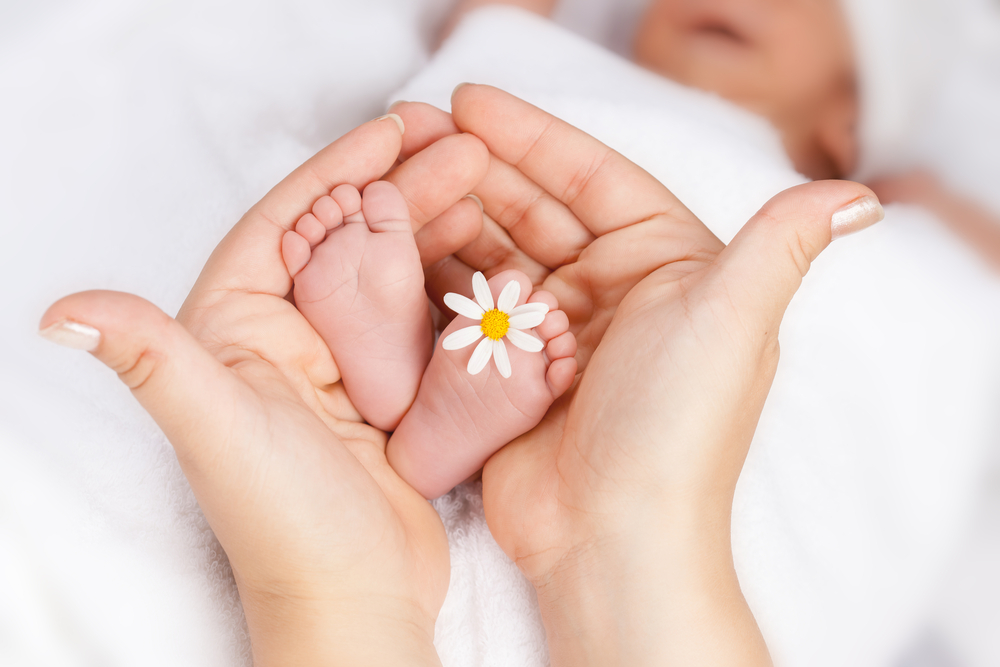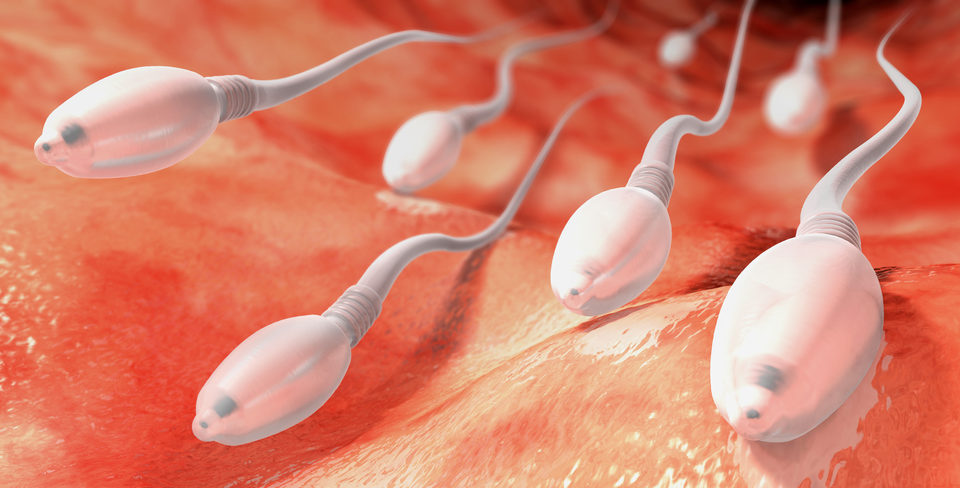
Baby Zola, France’s First “IVF For All” Was Born This Summer
November 11, 2022
Groundbreaking Treatments to Save Children in Utero
November 22, 2022You might have recently noticed that there seems to be more babies around than there were before. That’s not your imagination. COVID caused somewhat of a baby boom, and the rates of motherhood are on the rise again after declining for a number of years. Mothers under 25 had the largest increase, but people having children at slightly older ages also contributed.
The National Bureau of Economic Research recently published a paper saying that there was a small bump in the number of babies born in 2021, chiefly as a result of the 2020 pandemic. The bump amounted to approximately 46,000 new babies over and above what would be expected during that time period.
It’s important to note that the paper was centered around mothers born in the United States, and wasn’t taking other countries into account for the increase. Fertility rates in the US have been slowly, but steadily, declining since 2007. The 2021 bump was the first time that trend has reversed in recent years. Remote work, increasing home values, rising stock prices, and unemployment benefits were all cited as reasons for the increase in babies.
The fertility rate in 2020 initially fell when lockdowns were put into place due to COVID. The reason for that, according to the study, was that approximately 23% of births in the US are to foreign-born mothers who travel to the country and have children. With the lockdowns they weren’t able to do that.
By looking at US-born mothers, though, the study showed that the fertility rate had increased and started rising beyond expected levels by the end of 2020, which continued into 2021. First-time mothers under 25 years of age had the largest jump in birth rates, which suggested that people were starting their families sooner than they may have otherwise done.
The baby bump data came largely from studying women in California, but it is believed that it has more general application to the larger US population as a whole.
We are committed to helping people grow their families through assisted reproductive technologies. To learn more about how we can help you on your journey, contact us today.




